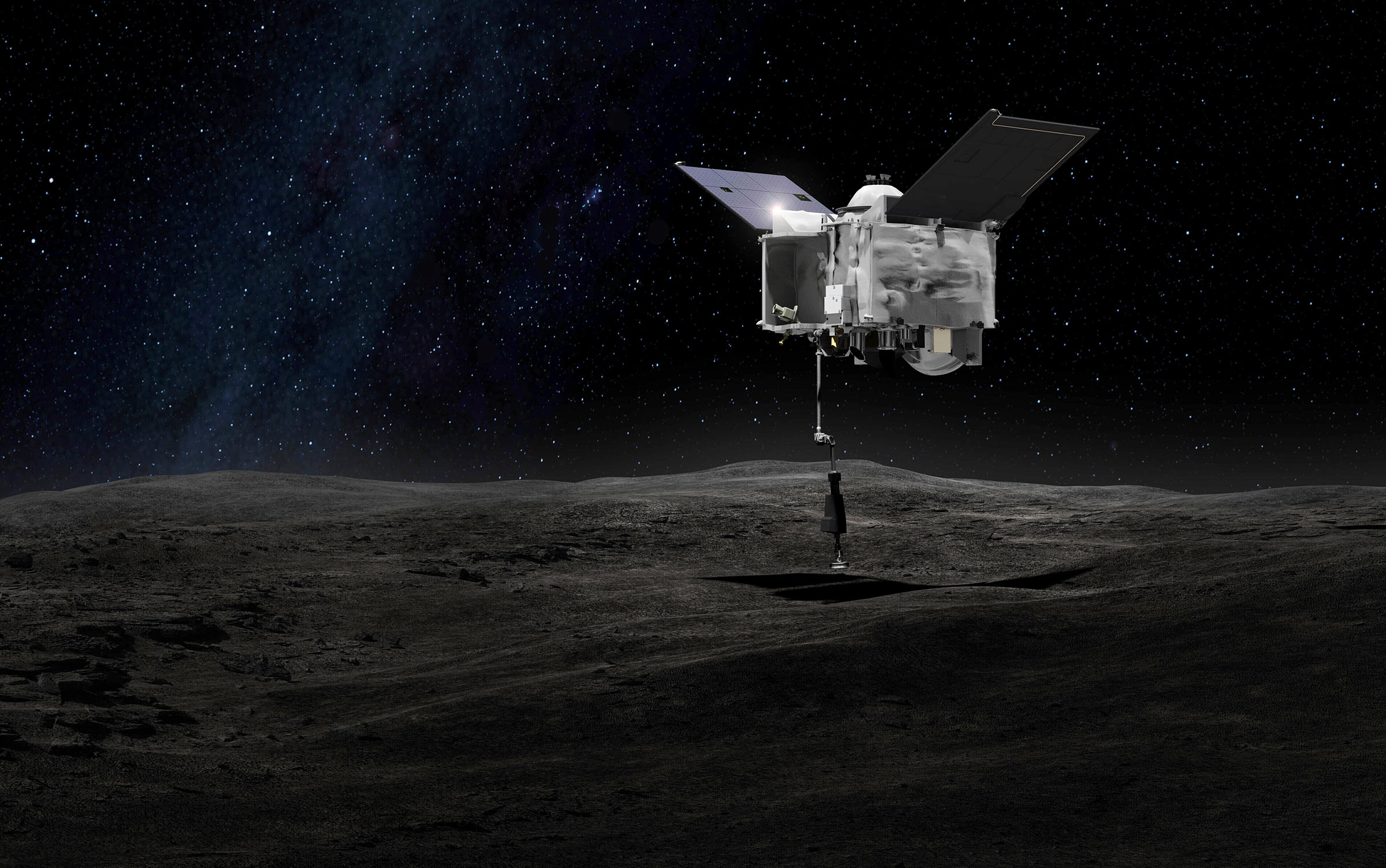These are independent reviews of the products mentioned, but TIME receives a commission when purchases are made through affiliate links at no additional cost to the purchaser.
In 2016, NASA’s OSIRIS-REx spacecraft traveled to an asteroid called Bennu, collected 250 grams of rocks and dust, and then traveled 1.2 billion miles to return the samples to Earth. In September, it finally dropped its cache, via parachute, into the Utah desert. The recovered samples might give scientists clues as to how planets formed, and even provide evidence of water or signs of extraterrestrial life. Scientists are just beginning to analyze the trove, which is greater than they expected. “The very best ‘problem’ to have is that there is so much material,” says Christopher Snead, the project’s curation lead.
More Must-Reads From TIME
- The 100 Most Influential People of 2024
- How Far Trump Would Go
- Why Maternity Care Is Underpaid
- Scenes From Pro-Palestinian Encampments Across U.S. Universities
- Saving Seconds Is Better Than Hours
- Why Your Breakfast Should Start with a Vegetable
- Welcome to the Golden Age of Ryan Gosling
- Want Weekly Recs on What to Watch, Read, and More? Sign Up for Worth Your Time
